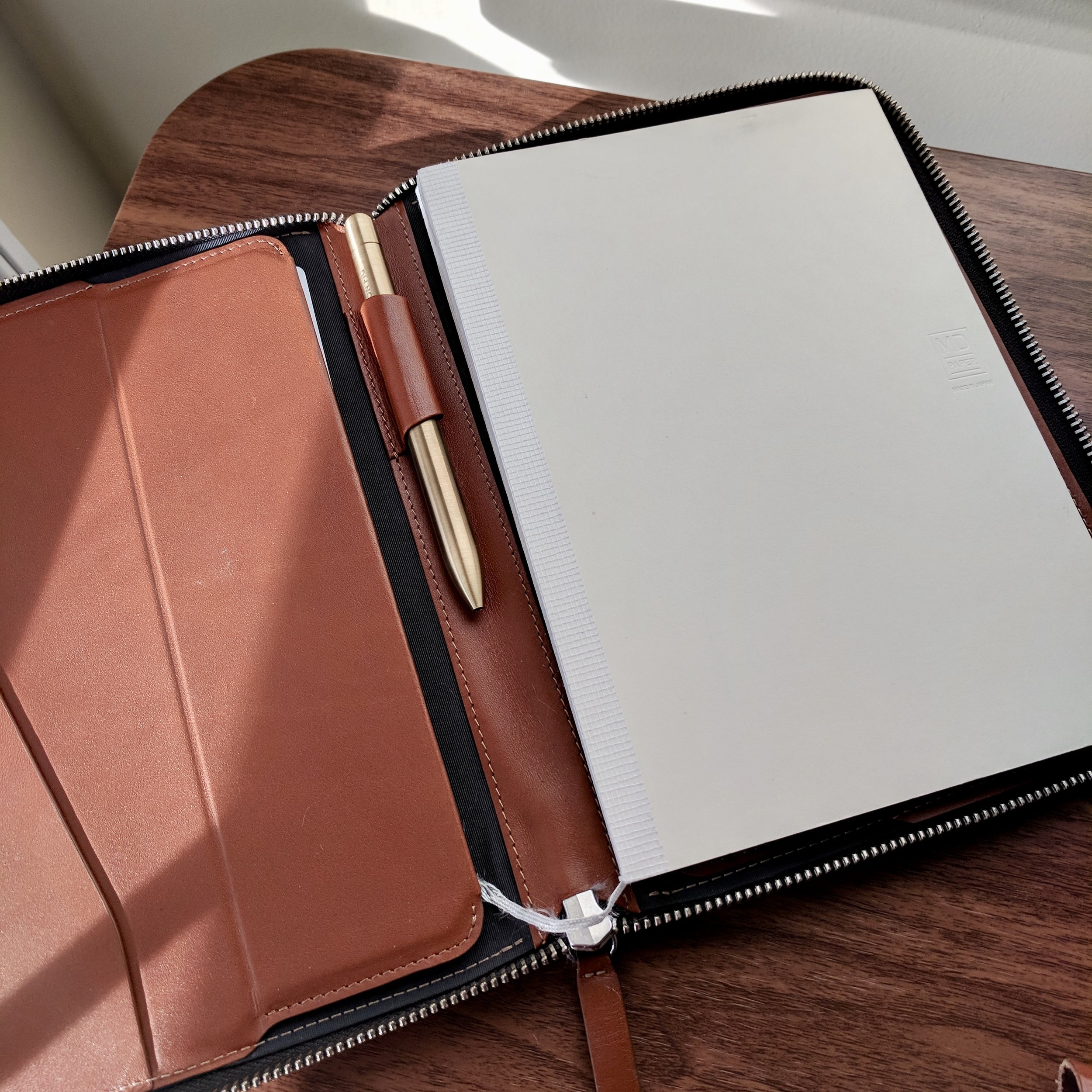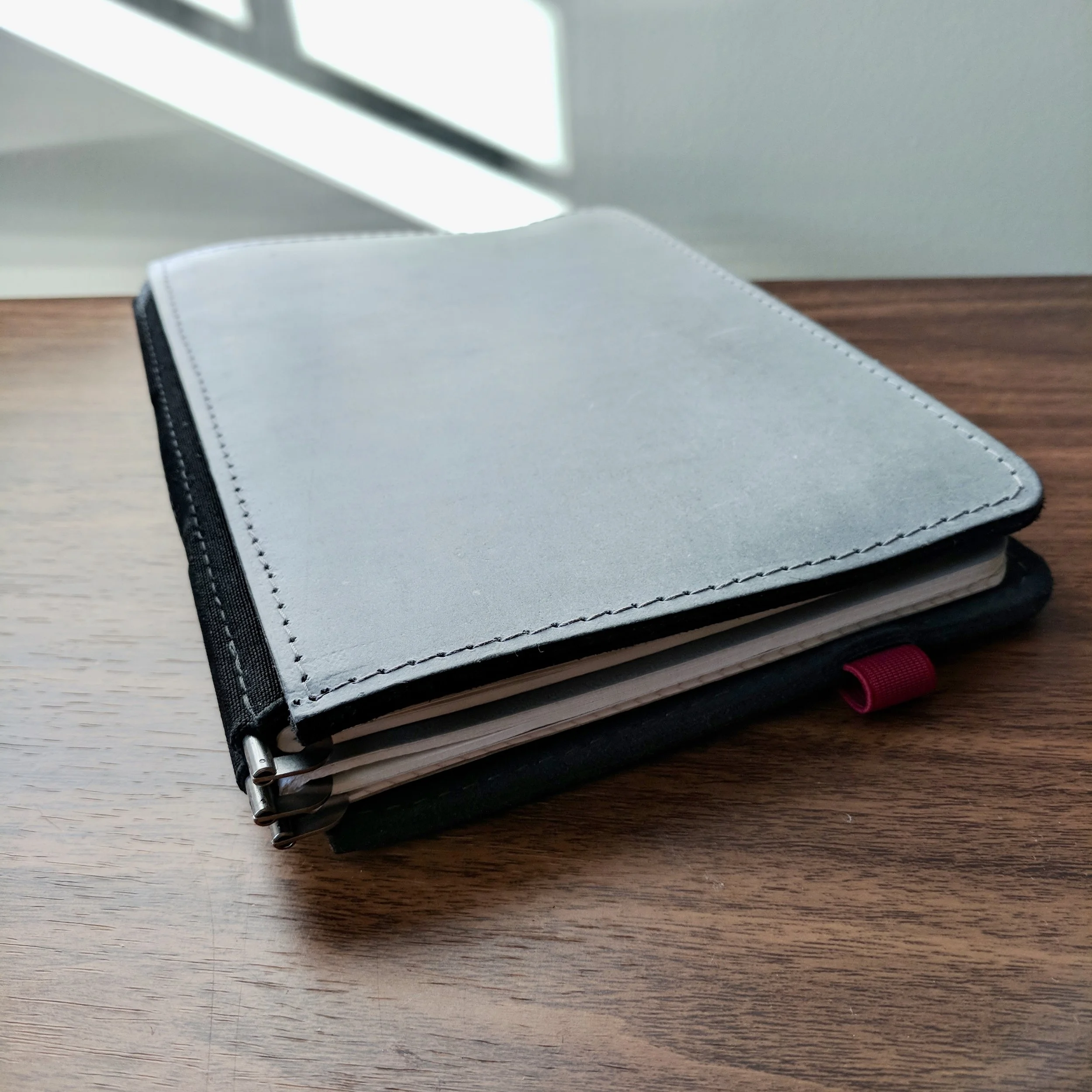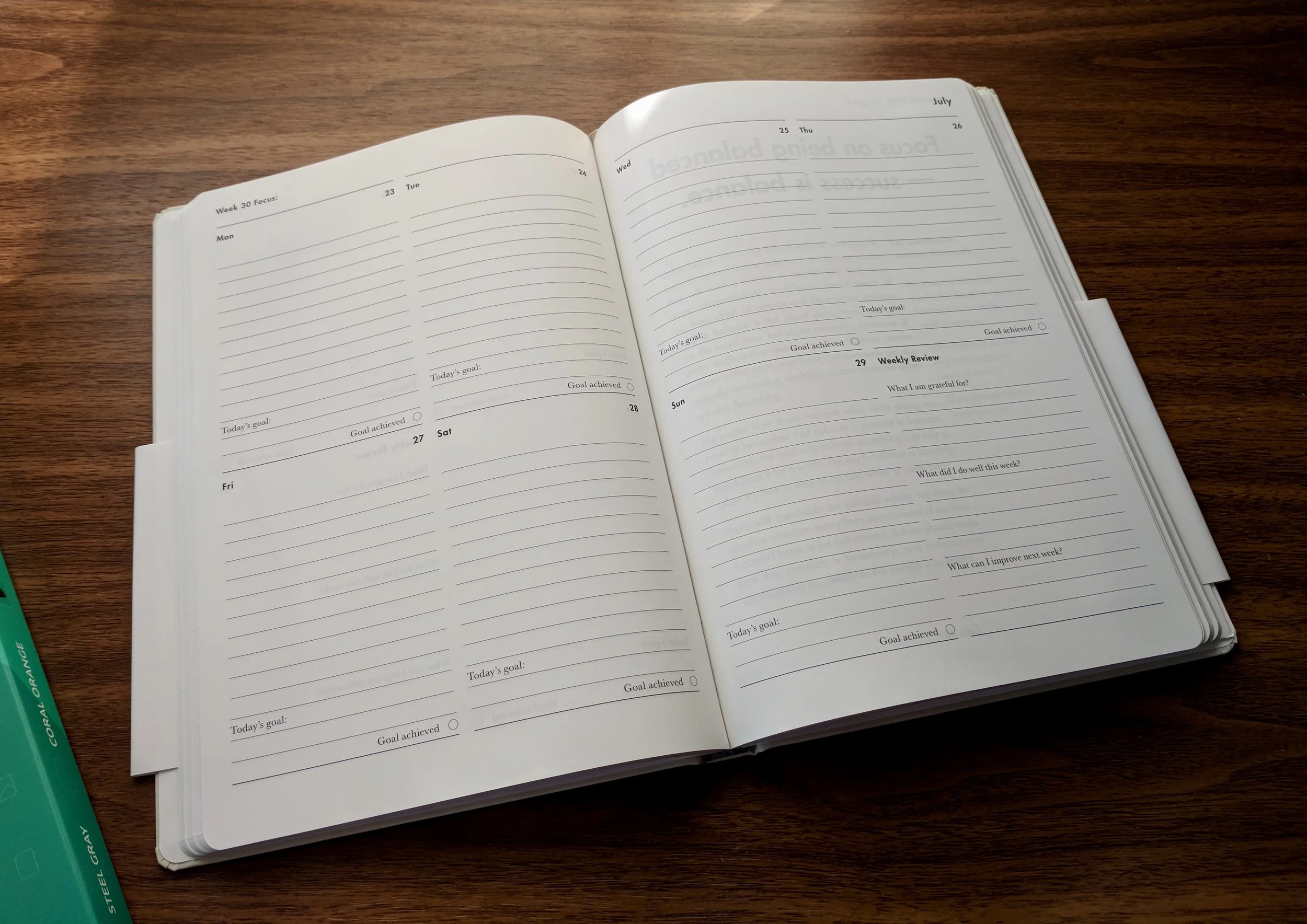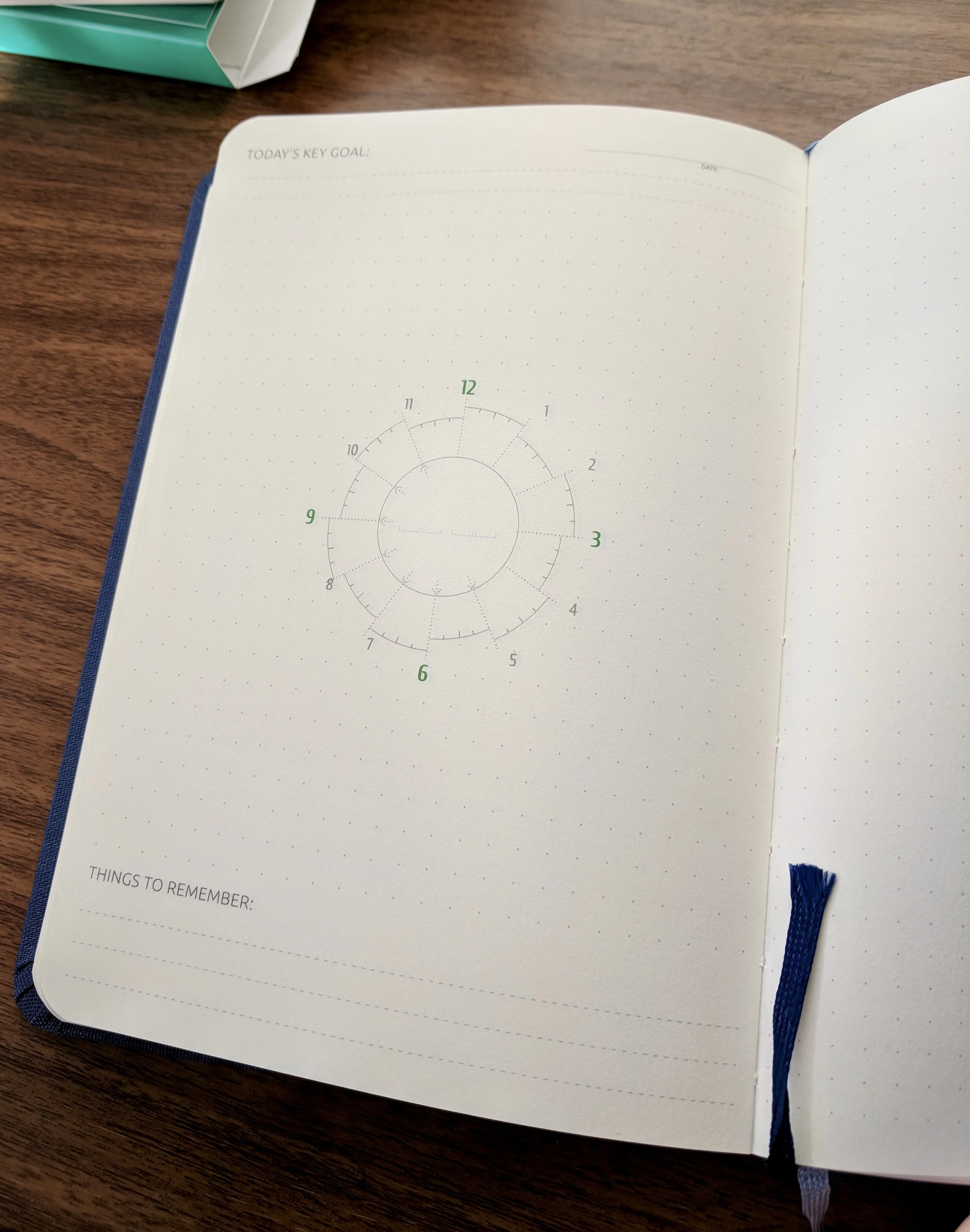Are you like me, spending this week getting organized for the close of 2021 and the start of 2022? Do your planners need a refresh? From today through Sunday, Jan. 2, take 10% off all planners, dated (2022) and undated, in the T.G.S. Curated Shop, including offerings from Midori, Traveler’s Company, Field Notes, and Stalogy. No coupon code is needed, as the discount will automatically be applied at checkout. Enjoy the last week of 2021, stay healthy, and best wishes for 2022!
The Gentleman Stationer is an authorized retailer of all products sold in the T.G.S. Curated Shop. By shopping with us directly, you are supporting original content, pen reviews, pen show events, etc. from The Gentleman Stationer. You can view a selection of our top selling products here.
If you would like to support us even further, please consider checking out the T.G.S. Patreon Program, which offers access to online meetups, exclusive discounts and pre-orders, and more!




